Tree trimming is a vital part of maintaining the health and safety of your landscape. From removing dead branches to shaping the canopy of your trees, properly trimming your trees can help them grow and remain healthy for years to come. But with so many different tree trimming techniques out there, it can be hard to know which one is best for your landscape. In this article, we'll cover the different tree trimming techniques and how to decide which one is best for your trees and landscape. The three main tree trimming techniques are crown thinning, crown reduction, and pruning.
Crown thinning involves removing a certain number of branches to reduce the density of the tree’s canopy. This can help reduce wind resistance, increase air circulation, and improve light penetration. Crown reduction is similar to crown thinning but involves cutting back the entire canopy of the tree instead of just a few branches. Pruning involves selectively removing dead, diseased, or damaged branches to improve the overall health of the tree.
When it comes to tree trimming, it’s important to use the right technique for the job. Crown thinning is best for trees that need more light and air circulation, while crown reduction is better for trees that need to be pruned to a specific size. Pruning should only be done when necessary, such as when there are dead or diseased branches that need to be removed or when the tree needs to be shaped. No matter which technique you use, it’s important to use proper safety precautions when trimming trees.
This includes wearing protective clothing, using a ladder or other equipment as necessary, and ensuring that you have all the right tools for the job. It’s also a good idea to have a plan in place before you begin trimming so that you know what you’re doing and what results you’re expecting. Finally, it’s important to note that tree trimming is not a one-time job. Trees should be trimmed regularly in order to keep them healthy and looking their best. Regular trimming can help prevent disease and insect infestations, as well as reduce the risk of broken branches due to storm damage.
It can also help improve the overall aesthetics of your landscape by improving the shape and structure of trees. Overall, tree trimming is an important part of tree maintenance and should be done regularly in order to keep your trees healthy and looking their best. By using the right techniques and taking proper safety precautions, you can ensure that your trees remain healthy and attractive for years to come.
Crown Reduction
Crown reduction is similar to crown thinning but involves cutting back the entire canopy of the tree instead of just a few branches. This technique is used when a tree needs to be kept at a desired size or shape. It can also help improve the overall health of the tree by removing dead, diseased, or overgrown branches.To perform a crown reduction, it is important to prune back the branches in a balanced way to ensure the tree remains symmetrical and aesthetically pleasing. Proper pruning techniques should be used to avoid damaging the tree and to maintain its health.
Crown Thinning
Crown thinning is a tree trimming technique that involves selectively removing some branches from the canopy of the tree. It is important to note that this technique should not be used indiscriminately, as it can cause the tree to become imbalanced and structurally weak.When executed properly, crown thinning can help create a more aesthetically pleasing silhouette and allow more light to reach the lower parts of the tree. When thinning the crown, it is important to identify the branches that are most likely to cause issues. These could include branches that are rubbing against each other, excessively large branches, or branches that are overcrowding the tree’s canopy. The best way to identify these branches is to carefully examine the tree and assess its structure. Once the problematic branches have been identified, they can be pruned with either hand pruners or loppers. Once the pruning is complete, it is important to inspect the tree for any signs of damage.
If any damage is observed, it is important to correct it as soon as possible. Additionally, it is important to monitor the tree for any signs of over-thinning. If there are too many branches removed from the crown, it can cause the tree’s structure to become unstable. Crown thinning is an important tree trimming technique that can help reduce wind resistance, improve light penetration, and promote healthy growth. It is important to be aware of any potential risks associated with this technique and to take proper precautions when executing it.
Pruning
Pruning is an important aspect of tree trimming, and involves selectively removing dead, diseased, or damaged branches in order to maintain the health of the tree.Pruning can help reduce the risk of disease and insect infestations, and can also help promote healthy growth and proper form. When pruning, it is important to consider the age and species of the tree, as certain techniques may be more appropriate for certain trees. Pruning can be done either by hand or using specialized equipment, and should always be done with caution and care. When pruning, it is important to make sure that each cut is made just above a bud or lateral branch. This will ensure that the new growth will be directed away from the cut site, which will help promote healthy new growth.
Additionally, it is important to make sure that no more than one-third of the foliage is removed in any single pruning session. Removing too much foliage can stress the tree, and can lead to stunted growth or other issues. It is also important to make sure that all cuts are made cleanly and accurately. Ragged or uneven cuts can leave the tree vulnerable to pests or disease, and can also create unsightly blemishes on the tree. In addition, it is important to avoid cutting too close to the trunk of the tree, as this can cause damage to the bark and can potentially create a weakened area in the tree. Tree trimming is essential for maintaining healthy and attractive trees.
By understanding and correctly applying crown thinning, crown reduction, and pruning techniques, you can ensure that your trees stay healthy and look their best. Additionally, it is important to take proper safety precautions to protect yourself and your trees when trimming. With the right knowledge and care, your trees will remain healthy and beautiful for years to come.
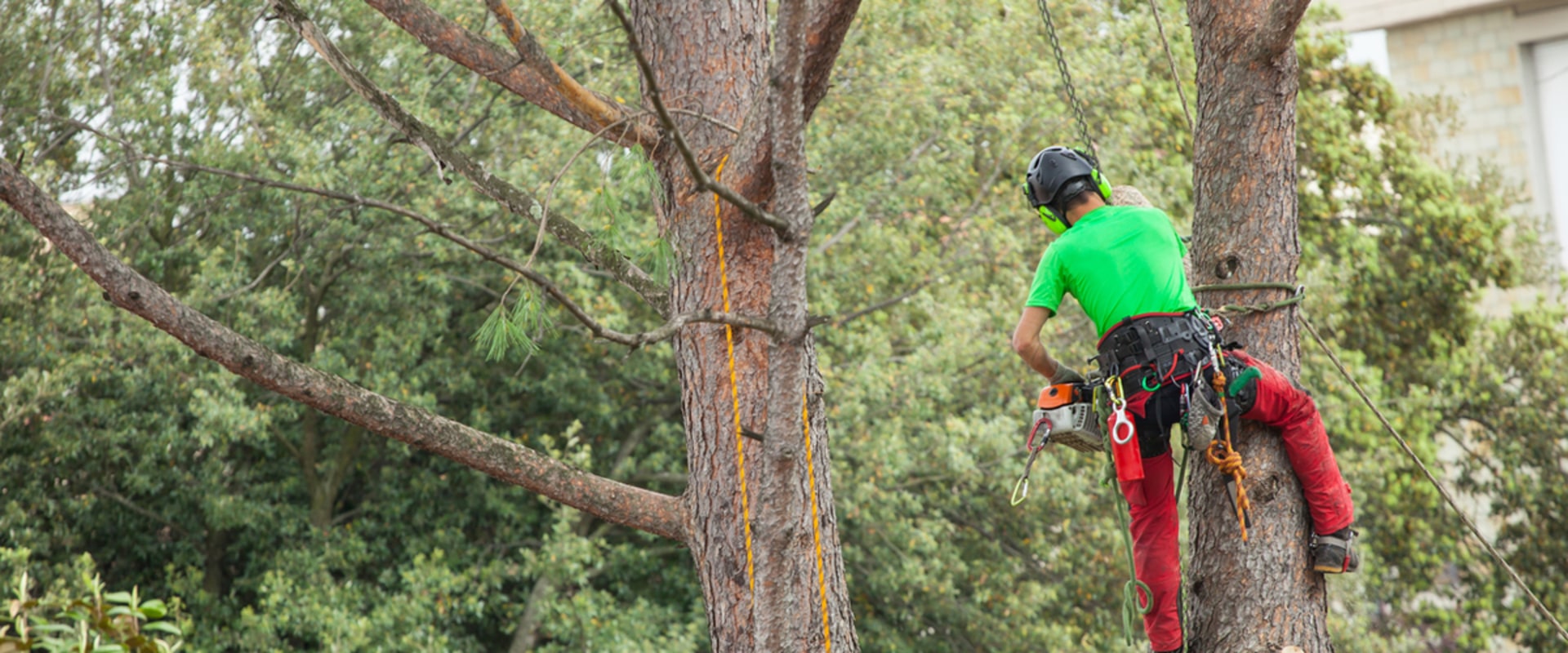
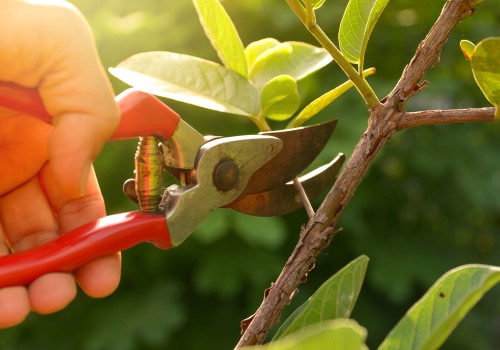
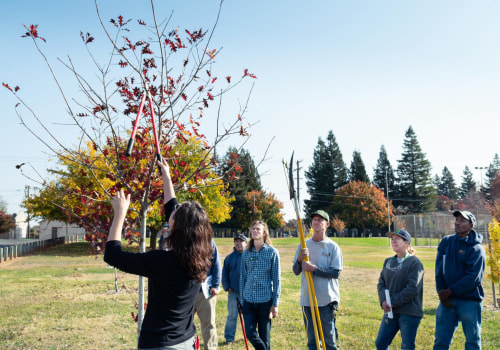
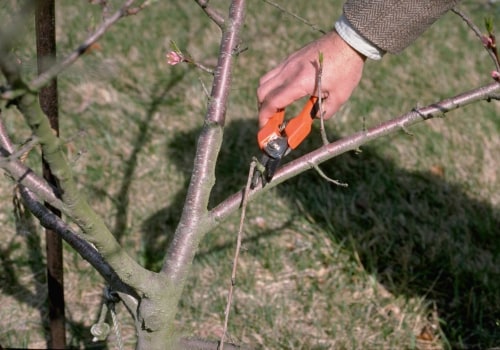
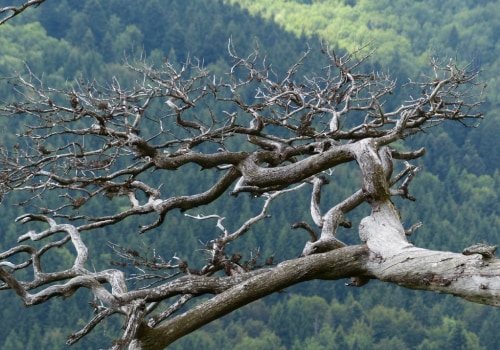
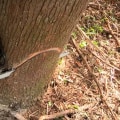
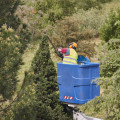
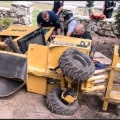
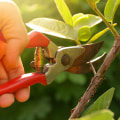
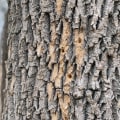
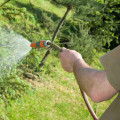
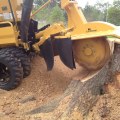
Leave Message